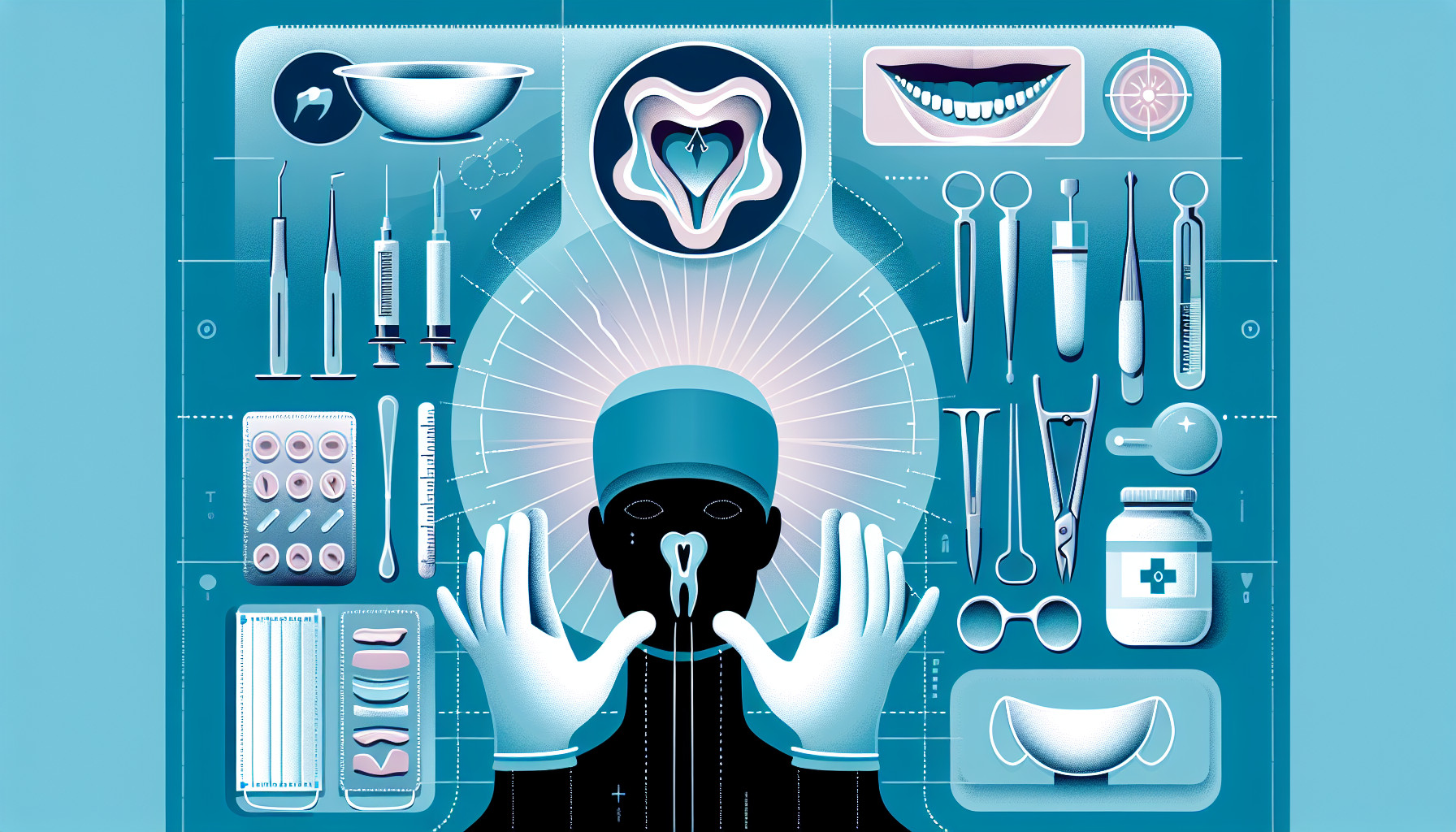Our Summary
This research paper discusses the importance of aesthetic considerations in orthognathic planning - a type of surgery that corrects conditions of the jaw and face related to structure, growth, sleep apnea, TMJ disorders, malocclusion problems owing to skeletal disharmony, or other orthodontic problems. The goal is not just to improve facial structure and function, but also to enhance the person’s overall appearance and symmetry of the face.
Certain additional aesthetic procedures like face lift, fat grafting, liposuction, and facial implants can be incorporated within the main orthognathic surgical plan to achieve better results and patient satisfaction. The paper stresses on the need for the surgeons to have both adequate training and experience in aesthetic facial surgery to offer and perform these procedures effectively.
In simpler terms, when doctors plan surgery to correct jaw and face conditions, they should also consider how to make the patient look their best. This might mean adding in other cosmetic procedures. Of course, it’s crucial that these doctors have the right skills and experience to do this.
FAQs
- What aesthetic procedures can be combined with orthognathic surgery?
- How does adding aesthetic procedures to the orthognathic treatment plan enhance patient satisfaction?
- What is the importance of training and experience when performing aesthetic facial surgery?
Doctor’s Tip
A helpful tip a doctor might tell a patient about oral surgery is to follow the pre-operative and post-operative instructions provided by the surgeon carefully. This may include guidelines on eating and drinking before surgery, taking prescribed medications, and caring for the surgical site after the procedure. Following these instructions can help promote proper healing and reduce the risk of complications.
Suitable For
Patients who are typically recommended for oral surgery include those with:
- Impacted teeth that are causing pain or infection
- Misaligned jaws causing difficulty with chewing or speaking
- TMJ disorders causing pain and discomfort
- Cleft lip and palate deformities
- Severe dental malocclusions
- Facial trauma resulting in fractures or dislocations
- Sleep apnea or other breathing problems
- Oral cancer or other abnormal growths in the mouth
- Severe gum disease requiring surgical intervention
In addition to these conditions, some patients may also benefit from aesthetic facial surgery in conjunction with orthognathic surgery to improve facial balance, harmony, volume, and symmetry. Aesthetic procedures such as blepharoplasty, facial implants, fat grafting, injectables, lip lift, and liposuction can enhance the final outcome of the orthognathic treatment and improve patient satisfaction. Training and experience are crucial when offering and performing these aesthetic procedures to help patients achieve their desired aesthetic goals.
Timeline
Before oral surgery:
- Consultation with oral surgeon to discuss treatment options and goals
- Pre-operative assessments such as X-rays, blood work, and medical history review
- Discussion of anesthesia options and potential risks
- Pre-surgical instructions such as fasting before surgery
- Signing of consent forms
After oral surgery:
- Recovery period with pain management and follow-up appointments
- Swelling and bruising may be present, which will gradually improve over time
- Follow-up appointments to monitor healing progress and address any concerns
- Dietary restrictions and oral hygiene instructions to promote healing
- Gradual return to normal activities and diet as advised by oral surgeon
What to Ask Your Doctor
What are the potential risks and complications associated with the oral surgery procedure?
How long is the recovery process expected to be and what can I do to help facilitate a smooth recovery?
Will I need to follow any specific post-operative care instructions or take any medications after the surgery?
What are the expected outcomes of the oral surgery procedure and what kind of results can I expect?
Are there any alternative treatment options available for my condition and what are the pros and cons of each option?
How many times have you performed this specific oral surgery procedure and what is your success rate?
Will I need to undergo any additional procedures or treatments before or after the oral surgery?
How long will the effects of the oral surgery last and will I need to undergo any additional procedures in the future?
What kind of anesthesia will be used during the oral surgery and what are the potential side effects or risks associated with it?
Are there any lifestyle changes or restrictions I should be aware of before or after the oral surgery procedure?
Reference
Authors: Jansma J, Schepers RH. Journal: Oral Maxillofac Surg Clin North Am. 2023 Feb;35(1):139-152. doi: 10.1016/j.coms.2022.06.007. Epub 2022 Nov 3. PMID: 36336602
